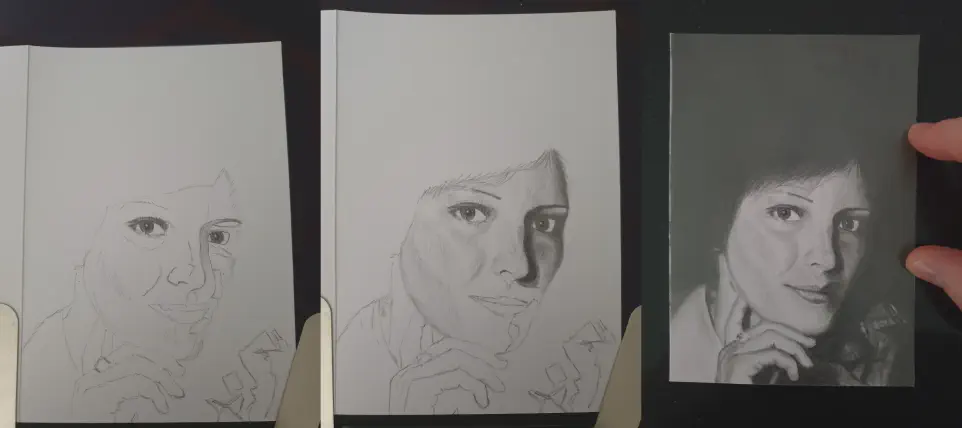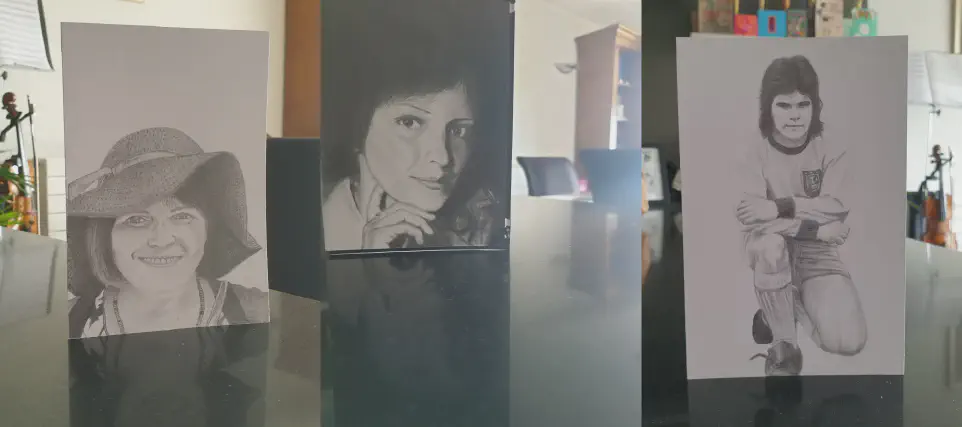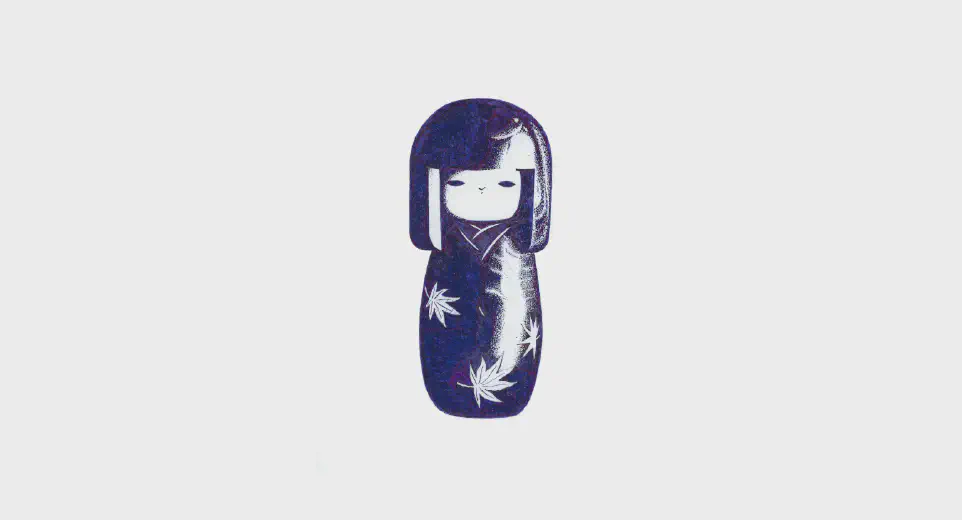Currency of Life
My family has a long tradition of telling each other what we want for our Christmas and birthday presents. Surprises have never been a big thing for us. However, the presents are never the important part; it’s the time we spend together.
I thought I should try making more presents for my family — like I was spending time on them, as well as with them. So, I decided to draw everyone a portrait for their birthday.
Drawing is a hobby that I’ve always enjoyed, but I’ve never made a real effort to improve. I decided to address this by reading some books to help fill in the blanks.
My main source of knowledge was the Draw Like a Boss series by Ashley Edge. I recommend it with all my perfectly shaded heart. It has a light, fun style, but still gives you all the information you ever wanted to know about putting graphite to paper. After reading the books and practising, it became clear that my biggest problem was blocking.
Blocking is the early part of creating a picture where you set out the size of all the elements so that they remain in proportion. It’s not that I can’t do blocking. I blocked that banner image of a Kokoshi Doll using traditional techniques. But it took me a long time, with lots of minor adjustments in light pencil before I was ready to move on. The blocking took longer than every other part of the drawing combined. That’s fine, I suppose, but I don’t enjoy blocking and was keen to limit how much time I spent on it.
I then read about optical techniques that some artists used to help with blocking, shading, and colour matching. The one that intrigued me the most was the camera lucida, and luckily there is a modern version available for purchase (the NeoLucida). It was trickier to use than I’d expected, but once I got the knack it expedited my blocking greatly.
That allowed me to get to the bits I enjoyed faster. And, because I enjoy those bits, I didn’t use the camera lucida with them. Instead, I took my time to enjoy the process. With my newfound knowledge and optical gadgetry, I was ready to go with the portraits.

When we spend time with people, we’re saying that we choose them before the other options that are open to us. We’re saying that, although our lives are short and the world is large, we still want to take this time and spend it with each other.
I’ve always felt it was interesting that we talk about ‘spending’ time, or ‘giving’ time. Our language would suggest that time is a limited commodity for us to use wisely, and yet we know that time is nearly infinite. The real commodity is not time, but lifetime.
When I first thought about this, it hit me hard. I’d even say it changed my entire outlook. It seemed to me that lifetimes were the one thing we could not create for ourselves. Sure, we could look after ourselves better and try to avoid dangerous situations, but both those things still meant we were choosing how to spend our lifetime: The act of trying to increase the amount of potential lifetime I have involves me directly changing the content of those lifetime units. So I have to weigh up if I really want to spend my lifetime trying to get more time, or if I want to be a hedonist and likely shorten my existence.
As with most decisions, the middle ground probably provides the optimal path. I think of my lifetime units as a currency. The true value of any given unit is constantly in flux because I never know how much lifetime I have left, and I know that how I choose to spend each unit will affect that (and how much I will enjoy it). In this sense, my lifetime units have both a quantity and a value, but both are constantly changing and dependent on how I use them.
Since this realisation, I’ve tried to spend most of my time on things that I enjoy, or things I know will bring me joy in the future. For example, I know that I enjoy drawing, and that I would enjoy being a better artist. I know that I love my family, and that making them happy with a portrait will bring me joy in the future. However, I also know that I dislike blocking and would like to limit how much time I need to spend on it.

When I factor all these things into my decisions, it has a big impact on how I spend my time. When I first started thinking about things this way, I worried that I would become more selfish — saying no to things that I didn’t want to do, or being less charitable. But, oddly, I’d found the opposite to be true. I have a theory why this might be, and I think it comes down to love.
When I try to minimise the things in my life that I don’t enjoy, and maximise the things that make me happy, I’m showing myself love. And, when I make things for people or choose to spend my time with them, it’s because of love as well. What you spend your time on may be the best measure of what is really important to you. So spend your time wisely, and give it to what you love. That way we can all increase the value of our lives.
